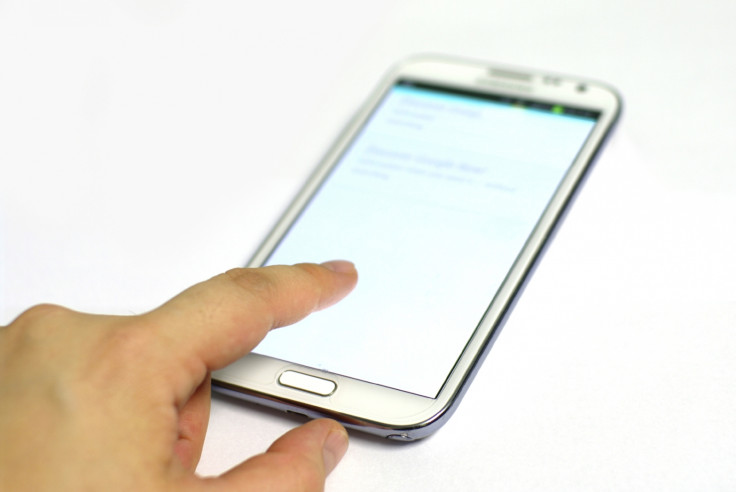Lockheed Martin says NSA testing smartphones that can identify you from finger swipes

The US National Security Agency (NSA) has been testing out a new technology that can identify a user by the shape and swiftness of their finger swipe strokes on a smartphone screen, according to Lockheed Martin.
The technology, known as Mandrake, is similar to Dynamic Signature – a motion-recognition technology originally invented by the US Air Force in 1978 for the Pentagon that makes use of the behavioural biometrics of a handwritten signature.
Instead, Mandrake measures the curve, speed and acceleration of a person's finger strokes.
"Nobody else has the same strokes. People can forge your handwriting in two dimensions, but they couldn't forge it in three or four dimensions," Lockheed IT and Security Solutions's senior fellow John Mears told Nextgov.
"Three is the pressure you put in, in addition to the two dimensions on the paper. The fourth dimension is time. The most advanced handwriting-type authentication tracks you in four dimensions."
Lockheed Martin confirms that the technology works and exists, but says it does not know whether or how the NSA has used the Mandrake technology in the field.
"We've done work with the NSA with that for secure gesture authentication as a technique for using smartphones. They are actually able to use it," said Mears.
Speeding up authentication on the go
The technology could be useful for emergency responders or critical mission personnel on the go, who do not have the time or capability to authenticate themselves in order to access command websites or apps that they need to do their work.
"If you are going 100 miles down the road, you are not going to enter a complex 12-character password to authenticate yourself," Mears said.
"We have some customers who deal with radioactive material and they can't touch things that small with gloves on – how do they authenticate?"
Apart from Mandrake, Lockheed Martin has also created the Next Generation Identification (NGI) system – a $1bn (£649m) facial, fingerprint, palm print, retina scan and tattoo image biometric ID system built for the FBI, and in future, voice and gait matching – how a person walks – might be added as well.
At the moment, however, research firm Tractica says that although the global biometrics market will achieve cumulative revenue over the next decade of $67.8bn (£44bn) by 2024, there is still no real use case that compels businesses or individuals to use biometrics.
"Research on signature dynamics has been ongoing for nearly 50 years, but still there is no viable use case, and it was never mentioned during any of the interviews conducted for this report," Tractica analysts write.
© Copyright IBTimes 2025. All rights reserved.






















